
The National Institutes of Health, commonly referred to as NIH, is the primary agency of the United States government responsible for biomedical and public health research. It was founded in the late 1880s and is now part of the United States Department of Health and Human Services. Many NIH facilities are located in Bethesda, Maryland, and other nearby suburbs of the Washington metropolitan area, with other primary facilities in the Research Triangle Park in North Carolina and smaller satellite facilities located around the United States. The NIH conducts its own scientific research through the NIH Intramural Research Program (IRP) and provides major biomedical research funding to non-NIH research facilities through its Extramural Research Program.
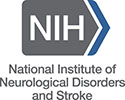
The National Institute of Neurological Disorders and Stroke (NINDS) is a part of the U.S. National Institutes of Health (NIH). It conducts and funds research on brain and nervous system disorders and has a budget of just over US$2.03 billion. The mission of NINDS is "to reduce the burden of neurological disease—a burden borne by every age group, every segment of society, and people all over the world". NINDS has established two major branches for research: an extramural branch that funds studies outside the NIH, and an intramural branch that funds research inside the NIH. Most of NINDS' budget goes to fund extramural research. NINDS' basic science research focuses on studies of the fundamental biology of the brain and nervous system, genetics, neurodegeneration, learning and memory, motor control, brain repair, and synapses. NINDS also funds clinical research related to diseases and disorders of the brain and nervous system, e.g. AIDS, Alzheimer's disease, epilepsy, muscular dystrophy, multiple sclerosis, Parkinson's disease, spinal cord injury, stroke, and traumatic brain injury.

The National Institute of Nursing Research (NINR), as part of the U.S. National Institutes of Health, supports clinical and basic research to establish a scientific basis for the nursing care of individuals across the life span—from management of patients during illness and recovery, to the reduction of risks for disease and disability, and the promotion of healthy lifestyles.

Gerald D. Fischbach is an American neuroscientist. He received his M.D. from the Weill Cornell Medical College of Cornell University in 1965 before beginning his research career at the National Institutes of Health in 1966, where his research focused on the mechanisms of neuromuscular junctions. After his tenure at the National Institutes of Health, Fischbach was a professor at Harvard University Medical School from 1972–1981 and 1990–1998 and the Washington University School of Medicine from 1981–1990. In 1998, he was named the director of the National Institute of Neurological Disorders and Stroke before becoming the Vice President and Dean of the Health and Biomedical Sciences, the Dean of the Faculty of Medicine, and the Dean of the Faculty of Health Sciences at Columbia University from 2001–2006. Gerald Fischbach currently serves as the scientific director overseeing the Simons Foundation Autism Research Initiative. Throughout Fischbach's career, much of his research has focused on the formation and function of the neuromuscular junction, which stemmed from his innovative use of cell culture to study synaptic mechanisms.
Avindra "Avi" Nath, is a physician-scientist who specializes in neuroimmunology. Nath is a senior investigator, and intramural clinical director of the National Institute of Neurological Disorders and Stroke (NINDS) at the National Institutes of Health (NIH) in the United States. At NINDS, Nath also leads the Section of Infections of the Nervous System and plans to institute a translational research center. He previously served in several research and administrative positions at the Johns Hopkins Hospital and the Johns Hopkins University School of Medicine.

Story Landis is an American neurobiologist and former director of the National Institute of Neurological Disorders and Stroke at the National Institutes of Health. She was director of the institute between September 1, 2003 and October 2014. Dr. Landis worked at NINDS since 1995, and was named Chair of the NIH Stem Cell Task Force in 2007.

Audrey Shields Penn is an American neurologist and emeritus professor. Her major area of research was in the biochemistry of muscle weakness in myasthenia gravis. Penn was elected President of the American Neurological Association in 1994. She was deputy director of the National Institute of Neurological Disorders and Stroke (NINDS), and is the first African-American woman to serve as an (acting) director of an Institute of the National Institutes of Health (NIH).

Alison Joan Tierney FRCN is a British nursing theorist, nurse researcher and former editor-in-chief of the Journal of Advanced Nursing. Tierney was one of the first graduates (1971) of the Integrated Degree/Nursing programme at The University of Edinburgh. In 2018 she was named as one of 70 of the most influential nurses in the 70 years of the NHS.

Marguerite T. Littleton Kearney is an American nurse scientist. She is the director of the National Institute of Nursing Research's Division of Extramural Science Programs. Littleton Kearney was the associate dean for research at the Uniformed Services University of the Health Sciences Graduate School of Nursing.

Christine Grady is an American nurse and bioethicist who serves as the head of the Department of Bioethics at the National Institutes of Health Clinical Center.
Jacquelyn Taylor is an American nurse-scientist and Professor of Nursing and Director of the Center for Research on People of Color at Columbia University School of Nursing. Her research focuses on health disparities in underrepresented minority populations. Her work combines approaches in omics, such as genomics, epigenomics and whole genome sequencing, with an understanding of underlying social factors that contribute to health outcomes. In 2019, she was elected to the National Academy of Medicine in recognition of her work.
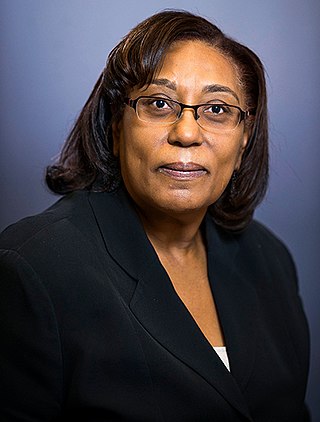
Emmeline Edwards is a Haitian-American neurochemist serving as director of the division of extramural research at the National Center for Complementary and Integrative Health. She previously researched the neural mechanisms of complex behaviors and characterization of a genetic model of affective disorders at the University of Maryland, College Park. From 2000 to 2010, Edwards was deputy director of the extramural program at the National Institute of Neurological Disorders and Stroke.
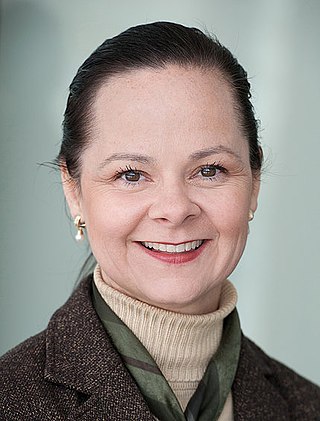
Wendy A. Henderson is an American nurse practitioner, scientist, and academic administrator working as the director of the Center of Nursing Scholarship and Innovation at the University of Connecticut. She was previously a clinical investigator and lab chief of the National Institute of Nursing Research digestive disorders unit. Henderson is a Fellow of the American Academy of Nursing.
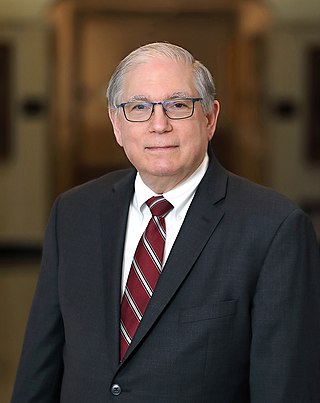
Lawrence A. Tabak is an American dentist and biomedical scientist serving as the acting director of the National Institutes of Health. He is the principal deputy director of the National Institutes of Health. Tabak was director of the National Institute of Dental and Craniofacial Research from 2000 to 2010.

Shannon Nicole Zenk is an American nurse scientist specialized in researching social inequities and health disparities. She is director of the National Institute of Nursing Research.

Barbara Riegel is an American clinical researcher, clinical nurse specialist, academic, and author. She is a Professor in the School of Nursing at the University of Pennsylvania, a Professor Emerita at San Diego State University, and Co-Director of the International Center for Self-Care Research.
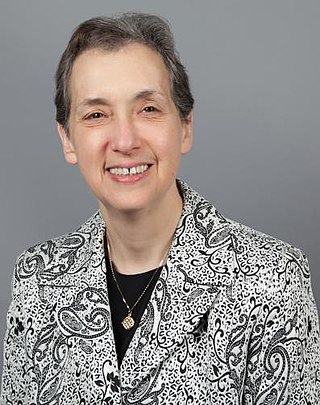
Nina Felice Schor is an American physician-scientist and pediatric neurologist. She has served as director of the NIH Intramural Research Program since the Fall of 2022. Schor was the deputy director of National Institute of Neurological Disorders and Stroke from 2018 to 2022. She was the William H. Eilinger Chair of the Department of Pediatrics at University of Rochester and Pediatrician-in-Chief of the Golisano Children’s Hospital from 2006 to January 2018.
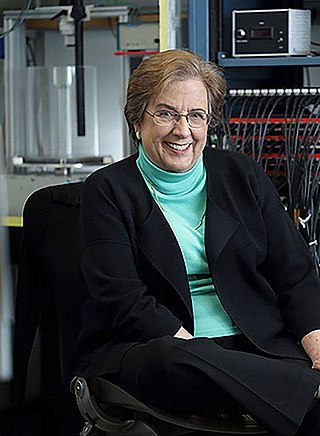
Judith Richmond Walters is an American neuropharmacologist serving as chief of the neurophysiological pharmacology section at the National Institute of Neurological Disorders and Stroke.

Jessica M. Gill is an American nurse scientist working as a Bloomberg Distinguished Professor of Trauma Recovery Biomarkers in the department of neurology at the Johns Hopkins School of Nursing and School of Medicine since 2021. She was the acting deputy director of the National Institute of Nursing Research from 2019 to 2020 and deputy director of the Center for Neuroscience and Regenerative Medicine at the Uniformed Services University of the Health Sciences until 2021.
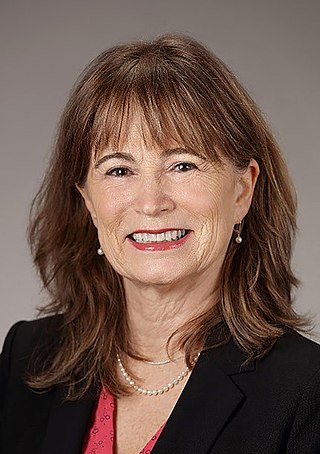
Ann King Cashion is an American nurse scientist specialized in genetic markers that predict clinical outcomes. She is a professor emerita in the department of health promotion/disease prevention at the University of Tennessee Health Science Center. Cashion was the acting director of the National Institute of Nursing Research from 2018 to 2019.


















